Courses
TripWRX: Fertile FarmLinks
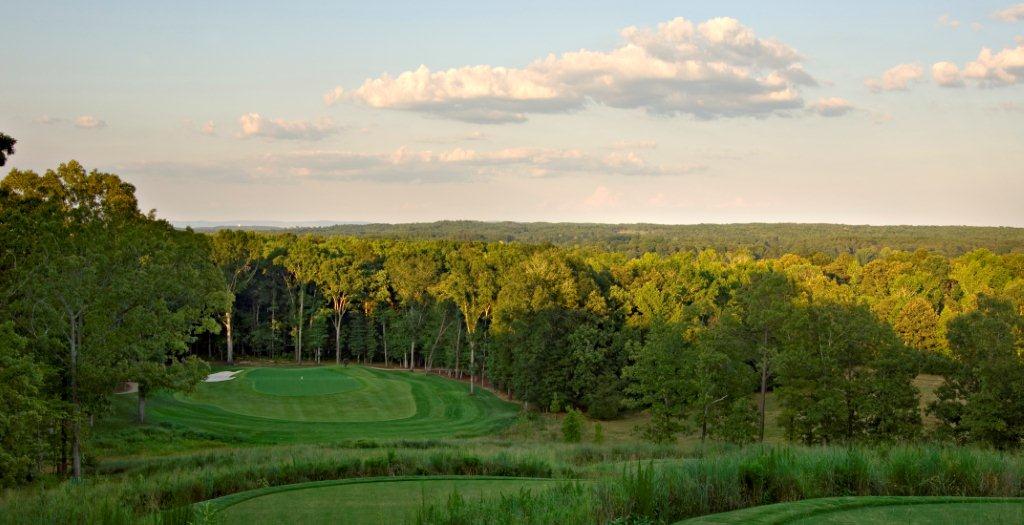
By Wayne Mills
Special to GolfWRX
Wayne Mills is a New England-based freelance writer who has been producing golf stories for over 20 years. He has written for national publications such as Golf Inc. and superintendent-related, regional golf-lifestyle magazines and websites in the Northeast, Midwest and Southwest and was a golf columnist for two daily newspapers. He has played over 700 golf courses from Canada to the Caribbean and from Cape Cod to California.
Unique is quite possibly the most misused word in the English language. It’s supposed to mean something like one-of-a-kind or more precisely the only one in the world but gets applied to places that are pretty good or merely kind of different. Based on the strict definition, FarmLinks, in Sylacauga, Ala., is unique. As the world’s only research and demonstration golf course, FarmLinks is a proving ground for the golf industry’s most advanced products and techniques.
The story of FarmLinks begins in 1904 at a family owned fertilizer factory in the small town of Sylacauga in rural Alabama about an hour southwest of Birmingham. D. A. Parker (born 1866) and family used to produce fertilizer for local farms when King Cotton ruled agriculture in the Deep South and Eli Whitney’s cotton gin made separation of cotton fiber and cotton seeds economically feasible.
His son Howard (born 1896) took over the business and grew it into cotton ginning and warehousing operations as well but his big move was in the mid-1950s when the company made its first foray into the lawn and garden market with a product called Sta-Green plant food.
The transition from farm market to mass retail was effectuated greatly when Jimmy Pursell (born 1930) married Howard’s daughter. After graduating high school up the road in Talladega, Jimmy went off to Auburn University (then the Alabama Polytechnical Institute) and came home with a degree in business administration.
After serving in the military during the Korean War, Jimmy returned to Sylacauga and went to work for his father-in-law in the fertilizer business. After being taught the ins and outs by Howard, Jimmy became responsible for expanding the Sta-Green franchise to hardware stores and nurseries throughout the Southeast.
Soon the specialty fertilizer portion outgrew the farm products business. As the business grew, more new products and markets were explored. One of the milestones that set them apart from their competition was the development of slow-release and controlled-release fertilizers. With that in mind, the company worked closely with the Tennessee Valley Authority in the introduction of high-quality, sulfur-coated urea in 1973. The company eventually built its own sulfur-coated urea plant, which thrust the company into the international arena and identified them as a leader in fertilizer technology.
That technology produced another breakthrough with the early use of Reactive Layers Coating (RLC) starting in 1987. It took several years to perfect the technology and make it practical, but the company eventually earned patents for it under the tradename Polyon. Using the RLC process exclusively, the company soon became the largest producer of coated time release fertilizers in the world. Over the years, Jimmy created several operating divisions in the organization to better serve the varied needs and demands of customers. The company became Pursell Industries and split into two separate entities in the late 1990s.
In the meanwhile, the next generation of the Pursell family came into the business, David Pursell (born 1959). David also attended Auburn but had an artistic bent and majored in commercial art. He joined the family trade after school and started an in-house advertising division. Later he advanced to director of sales and marketing. By 1997 he was CEO of the combined Pursell Technologies.
Along the way David became enamored with the game of golf, getting down to a single digit handicap and as the golf course boom of the 1980’s and 1990’s took off, selling fertilizer to the golf course maintenance industry became a significant aspect for Pursell Industries.
Over the course of time the Pursell family also acquired an old farm outside Sylacauga that encompassed 3,500 acres naming it Pursell Farms. Combining his golf avocation and his agricultural vocation with his artists mind, David’s ah-hah moment came in 2001 when he conceived and initiated construction of his long time vision, FarmLinks Golf Club.
The golf course became a research and demonstration course intended to improve the entire golf industry through its ability to serve as a living laboratory and ongoing focus group for industry leaders. On June 4, 2003, the vision came to fruition as 550 guests, including family friend, Jim Nabors, and Gov. Bob Riley, made their way to Sylacauga to celebrate the official opening of the 7,444-yard, par 72 Hurdzan-Fry design course.
Partnering with corporate sponsors such as Toro, Club Car, Agrium, BASF, TruTurf, Profile Golf, Vortex, Wacker Neuson, Frey Lit Designs, and Foley United, Farm Links has hosted over 1,000 golf course superintendents a year from around the world since opening.
The visiting supers get to study turf grasses, fertilizers, drainage systems, irrigation systems, pump stations, water management, bunker liners, pest control, tractors, mowers and blades.
Proving he is very adept at ah-hah moments, David Pursell sold out the fertilizer business to Agrium in early 2006, just before the financial crash of that year. He was gracious enough to accept their $100 million payment. He likened it to “paddling down a lazy river in your canoe and deciding to pull out a mile above Niagara Falls.”
While still maintaining their course maintenance focus, Pursell Industries and FarmLinks are moving more into the hospitality business.
FarmLinks offers some spiffy accommodations in their cabins, cottages and the Parker Lodge. To call them cottages and cabins is being quite modest. They feature private baths, great room, stone fireplace, kitchen and dining area, covered porch and golf cart parking (each guest gets their own golf cart to drive around the property.)
If anyone is looking for a corporate or group meeting facility FarmLinks really shines in this department featuring:
MEETING SPACE: Select from several conference rooms equipped with HD plasma screens, high-speed wireless Internet access and convenient laptop connections for AV presentations.
HIGH-TECH THEATER: For larger multimedia presentations, break-out sessions, movies or receptions, our state-of-the-art Solutions Center features a high-tech presentation theater, indoor/outdoor demonstration areas, a kitchen and dining area and a large, covered patio space with fully equipped audio capabilities.
FOCUS GROUP CAPABILITIES: And to gain immediate feedback, suggestions and opinions from your audience/clients, our focus group facility with one-way observation room are the ideal choice.
FarmLinks Golf Club is just a joy to play. The Hurdzan and Fry design gives plenty of room off the tee but, of course, there are better angles coming into the greens than others. The routing winds through the full gamut of elevations from along the streams on flat ground, up on the rolling hills and all the way into the side of the Appalachian Mountains foothills for the par 3, fifth-hole tee (210 from the tips) that plays 175 feet downhill to a massive green.
If you hit the ball in the fairway you will never have a bad lie at FarmLinks and the bentgrass greens are as good as they get. Having bent this far south is not an easy maintenance chore but with their sub-air systems, large fans and hand watering FarmLinks gets it done.
With five sets of tees from 5,250 to 7,444 FarmLinks gives every level of player a chance. The 6,970 and 6,457 tees are good options for the stronger players.
Anyone who wants to really improve their game can sign up for the FarmLinks Golf Academy. Layne Savoie is the lead instructor directing all programs ranging from junior golf programs to corporate leisure packages. A wide variety of individual instruction is also available for guests with specific needs or varied interests. Savoie played at Auburn, won as a professional, taught players on the PGA Tour, learned from the best teachers in the country, coached All-Americans, and recruited the highest ranked players in the world. Savoie is a very dedicated teaching pro who really tunes into your game.
Stay and play options are offered but there is a great deal for day trippers- an all inclusive green fee, cart fee, range balls, all non-alcoholic beverages and lunch; plus, you can play more than 18 holes (on a space-available basis).
The food is superb and served up in the cozy clubhouse and in a bow to the hospitality trade, FarmLinks now has a full liquor license. Given their strong agricultural connection, they feature fresh farm to table vegetables, fruits and meats and have brought in 5-star chefs to prepare for their guests.
Other diversions offered at FarmLinks include a five stand skeet shooting range and two ponds that are managed for lunker largemouth bass. All the necessary equipment can be provided.
For true outdoorsmen early-season dove hunts start in September, followed by quail hunting with the finest bird dogs in the South. Knowledgeable, courteous guides will take guests on turkey hunts in the spring, and guided deer hunts in November.
The entire FarmLinks experience is just one mellow and relaxing place. The staff covers all the bases but with laid-back Southern hospitality that is never intrusive. You can feel the tension and stress slip away the longer you stay.
If for some reason being really mellow all the time isn’t your style, plan your trip for early May or early October and head a few miles up the road to Talladega Superspeedway for a NASCAR race. There you can commune with 143,000 of your closest friends and watch the boys wheel it at the highest speeds of the season on NASCAR’s fastest track.
In 1987 Bill Elliott established the world stock car speed record of 212.809 miles per hour in qualifying and in 1997 Mark Martin won the race with an average speed over 500 miles in excess of 188 mph.
FarmLinks is not only unique but a special place for a couples trip, a corporate retreat, a buddies trip or just a great day of golf. It will take some effort to get there but the reward is well worth it.
Click here for more discussion in the “Courses and Travel” forum.
Courses
Ryder Cup 2025: Crossing to Bethpage – NY state park golf, part 3
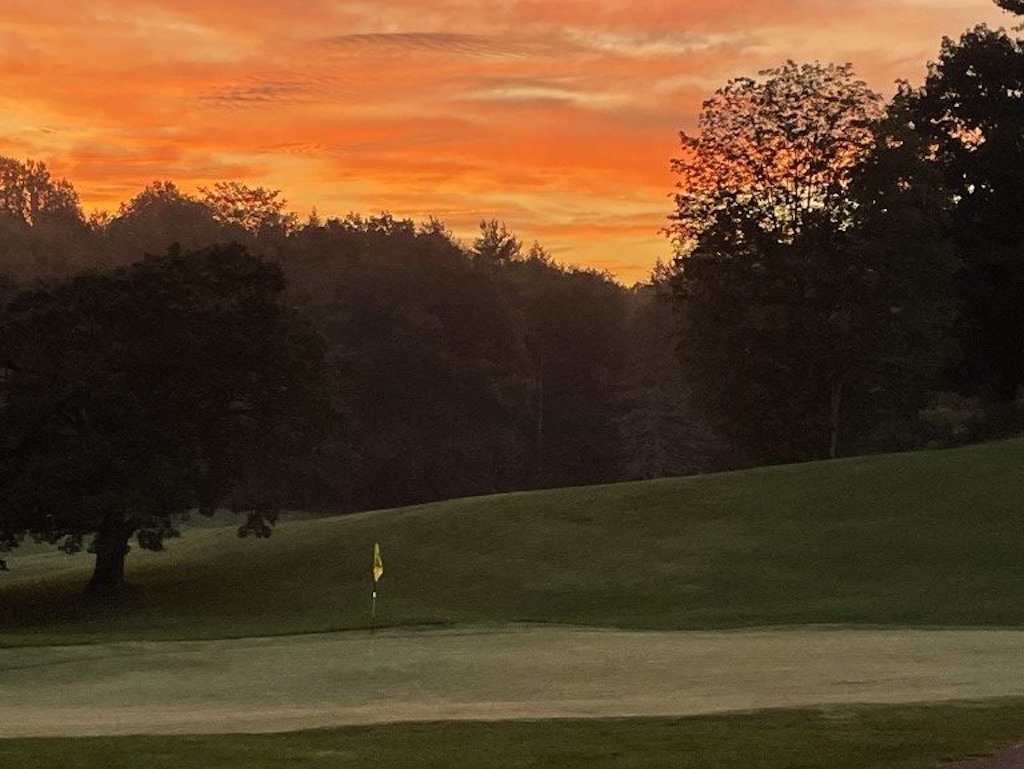
The history of the acquisition of lands for state parks and properties is a varied one across the Empire State. The first state park, Niagara Falls, was established in 1885. Many of us locals would love to have a scenic golf course located on Goat Island, with holes that ease their way next to Horseshoe, Niagara, and Bridal Veil Falls. We do understand, however, that the parkland is better suited to accessibility by and for all residents and visitors.
Work on state parks, especially the introduction of golf courses, ramped up in the 1930s, thanks to President Franklin Delano Roosevelt’s Civilian Conservation Corps and Works Progress programs. The state continues to acquire lands today, to preserve open spaces and critical habitats. For the golfing faithful, the 24 state-owned golf course properties offer affordable and accessible municipal golf.
The birth story of the 24 golf courses has the following chronology:
Battle Island – 1919
Sag Harbor – 1926
Bethpage Green (as Lenox Hill) 1923; Blue and Red – 1935; Black – 1936; Yellow – 1958
Green Lakes – 1935
Saratoga Spa – 1936
James Baird – 1948
Wellesley Island – 1960
Dinsmore – 1962 (18 hole expansion)
Sunken Meadow – 1962 (18), 1964 (third 9)
Soaring Eagles – 1963
Indian Hills – 1964
Beaver Island – 1965
Chenango Valley – 1967 (18 hole expansion)
St. Lawrence – 1967 (18 hole expansion)
Montauk Downs – 1968 (current design)
Rockland Lake – 1969
Robert Moses Pitch and Putt – 1970
Bonavista – 1970
Springbrook Greens – 1995
From the golden age of the early 1900s to the end of the last century, the courses of the New York State park system grew from one to many. Some (Lenox Hills) were adopted into the system, while others (Chenango, St. Lawrence, Dinsmore) expanded from nine to eighteen holes. What does the 21st century hold? That’s a tough question to pose, much less answer, but it concludes its first 25 years with one of the most notable golf competitions on the planet, at its flagship park.
It’s easy to divide the 19 parks that host golf courses into regions, but much more challenging to build a tour. Our second trip, to keep the disappointment to a minimum, was scuttled. Simply not enough vacation time for this working stiff to make a trip along Lake Ontario and into the Adirondacks. I’ve played enough golf in the North Country, however, to know how special those upper region layouts are.
Battle Island
From Mary Gregg and the NYS Parks website, we learn a nice amount about Battle Island. Ms. Gregg offers these insights:
“This park derived its name from a battle which took place on a nearby island on the Oswego River in the mid-1700s. In 1916 most of the land owned by F. A. Emerick was deeded to the state. Battle Island officially became a state park in 1938 when the remaining land was turned over. The popular course near Fulton lies adjacent to the Oswego River and offers golfers magnificent views from a number of its
fairways and greens. The 18-hole Battle Island State Park Golf Course is a challenging one for the budding professional and amateur player.“From my own experience working at both Green Lakes and Bethpage; Battle Island is a short course but a challenging one. We don’t have any bunkers on the course, but the greens are quite challenging, hard to find many flat areas for pin placements. The views of the Oswego River are quite manificient throughout the season and bring a variety of wilflife throughout the season as well.”
As a youth, I heard tales of Battle Island’s brief but fierce layout from an uncle, an alumnus of the city’s state university campus. Short hitters have nothing to fear at Battle Island, but the wayward driver of the ball should certainly have a long day over the golf course.
Dinsmore
Dinsmore was expanded to 18 holes in 1962. Tom Buggy penned an insightful history of the course for the Staatsburgh State Historic Site, and we are happy to link it here. The course is the northernmost state park layout along the Hudson River, located in Hyde Park, the retreat of President Franklin Delano Roosevelt.
The history of Dinsmore is an interesting, curvy one. The original nine holes on property were a collaborative affair, built on 1890s land shared by three prominent area families. Known then as the Staatsburgh golf club, the daughter of the original designer would eventually donate the land to New York State, establishing the park that includes the adjacent historic homesite. An additional nine holes were added to the property in 1962. Two years later, the original holes were rerouted to form the current back nine, along the southern portion of the property.
Rockland Lake
The Rockland Lake State Park golf course could be forgiven for the occasional bout of envy. It sits in a neighborhood occupied by some of the mid-Hudson River’s finer private clubs. A half mile away is Paramount Country Club, an A.W. Tillinghast design. Tilly is also credited with the majority of the design work at Bethpage Black, a credit that he shares with Joseph Burbeck. Across the great river sits Sleepy Hollow Country Club, whose lineage involves work by Tillinghast, but mainly from C.B. Macdonald and Seth Raynor. And on and on.
In its origin days, Rockland Lake was used as a natural ice factory by the Knickerbocker company. So pure was the ice that emanated from its waters that the lake supplied much of New York City in those pre-home electricity days. In this new millennium, Rockland Lake plays host in summer months to many of the area’s golfers. Despite its proximity to the waters of the lake, a pond, and the river, none of the holes is within a mighty strike of the wet stuff.
Rockland Lake’s full-size course was designed in the 1950s by David Gordon, a well-traveled, regional architect from eastern New York and Pennsylvania. The big course sits on the northern end of the park. The property also boasts an 18-hole short course, located in the shadows of Hook Mountain, south of the lake that gives the park its name.
Saratoga Spa
Location is often everything. When your golf course is located not only inside a state park, adjacent to a popular performing arts center within the confines of the park, and a nearby, world-famous horse racing track, you have potential for a popular spot. Saratoga Spa’s original golf holes opened in the 1930s, although no architect is given credit for the design. In the late 1950s, William Mitchell did an overhaul of the layout, expanding it to the trace that is in the ground today. During the mid-2010s, Barry Jordan, another regional architect, came in to rebuild the entire 10th green and upgrade bunker drainage throughout the golf course.
Saratoga Spa boasts a testing, 18-hole layout that stretches beyond 7,000 yards. Alongside is a short course, with seven par-three holes and two par-fours. The course features a new fleet of motorized carts with GPS monitors, ensuring that golfers know where they stand at all moments of the round. In addition to the golf course, nearly a dozen natural springs flow through the Saratoga Spa Park. A large pool complex for recreation completes the park’s offerings.
Springbrook Greens
Alan Tomlinson may be the Hayden “Sidd” Finch of golf course architecture. He completed Springbrook Greens in 1995 … then disappeared. Nothing more is known about him, and no other courses bear witness to his skills as a router of golf holes. Springbrook Greens tips out at 5,800 yards and finds itself close to Lake Ontario’s southern shore. If you drew a vertical ray to the south, it would drop a bit west of Syracuse. It’s not much away from Battle Island, so there are a few state courses within a brief drive of each other, in this part of the state.
Springbrook Greens had an interesting first quarter-century of life, then COVID hit, and like many places, things went a bit off path. Fortunately for the region and its golfers, the Randall family leased the course from New York State Parks (much like Bonavista in an earlier step of this series) and brought the course back from a near-death experience. It’s pretty easy for a course to go astray, especially when basic maintenance elements break down. Among the images in the gallery, one will stand out for its lack of grass. Ron Randal tells the story like this:
“This was the 10th green in December the year before I took over. This was the worst but many had large spots that looked like this. I assumed it was a lack of proper maintenance but what I didn’t realize was that a lot of it was just irrigation heads that didn’t work or didn’t work right. This one was missing a head so the front 2 didn’t work at all and of the back 2 only one worked properly. Thank god it was a fairway head or there would have been no grass left at all.
“I assure you it looks better now.”
According to Randall, the fairways are back to what any destination course might offer. Putting surfaces have been expanded back to their original widths, offering a great many hole locations for diversity. Collars around each green and run-up areas have also been added to the course. The course spreads out over nearly 200 acres, is home to diverse, multitudinous wildlife, and amazing views.
Current projects include the rebuilding tees and the addition of back tees, to stretch the tips a bit. Trees have been pruned to allow sun to reach the most sensitive, grass-growing areas (greens and tees). If there ever was a look-at-us-now project among the panel of NYS Park golf courses, Springbrook Greens would give all others some stiff competition.
Saint Lawrence
The St. Lawrence state park course, a nine-hole affair across a wee road from the eponymous seaway, might nip Beaver Island (near Buffalo) for the Closest To Canada prize. The layout sits barely across a road adjacent to the shoreline, less than a mile from Ontario’s beaches. Since the STLS is a bit thinner than the mighty Niagara, it appears that the award goes to St. Lawrence.
St. Lawrence State Park Golf Course is a stand-alone feature, made up simply of a golf course. It was a privately owned layout for many years, near the city of Ogdensburg. The state purchased the acreage in the 1960s and leases the course to it present owners. The St. Lawrence course is a tiny, tidy experience, essentially a series of nine, straightish holes, the fairways are interrupted by the occasional crossing appearance of a wee burn, in the Scottish tradition.
From our inside folks at the course, we received this batch of intel:
“The Ogdensburg Golf Club was started in 1919 by a group of five Ogdensburg area golfers as a private golf and social club. Stock was issued to the original five investors and golfing privileges were obtained by the payment of annual dues to the club. The 151acre golf club, which consisted of five holes along the St. Lawrence River and four holes across New York State Route 37 were sold to New York State on December 18, 1967.“The State of New York had plans to develop the remaining land into an 18-hole golf facility but those plans never came to fruition. The St. Lawrence State Park Golf Course was operated by New York State Parks until May of 2011 when it was leased to Golf Services, Inc. of Wellesley Island, NY.”
Wellesley Island
In the words of Peter McDermott, manager at the Wellesley Island State Park Golf Course, “(It) is a relatively short 9-hole course at 2,695 yards par 35 but the greens are tight and rewards the accurate shot. Some of the more notable holes are two very challenging par 4’s, two drivable par 4’s and two scenic par 3’s. For an added bonus, enjoy the captivating views of the St Lawrence River!”
Unlike its upstream neighbor at St. Lawrence State Park, Wellesley Island sits on the northern bank of the river, but still within the confines of New York State and the USA. The Wellesley course occupies a massive meadow, confined by trees but not defined by them. Rather than build a traditional, tree-lined fairway sequence common to the north country, Wellesley channelled the British Isles tradition of a wide open space for golf.
With one chapter remaining in our story of New York State Parks golf courses, we’re nearing the sad yet proud end to our journey. Still to come is the Long Island sojourn, followed by the Ryder Cup competition itself, at Bethpage Black.
Crossing to Bethpage Part One: Green Laks, Beaver Island, James Baird, the Bethpage Five
Crossing to Bethpage Part Two: Soaring Eagles, Chenango Valley, Indian Hills, Bonavista
Crossing to Bethpage Part Three: You just read it!
Courses
The BEST hidden gem links courses in the UK & Ireland
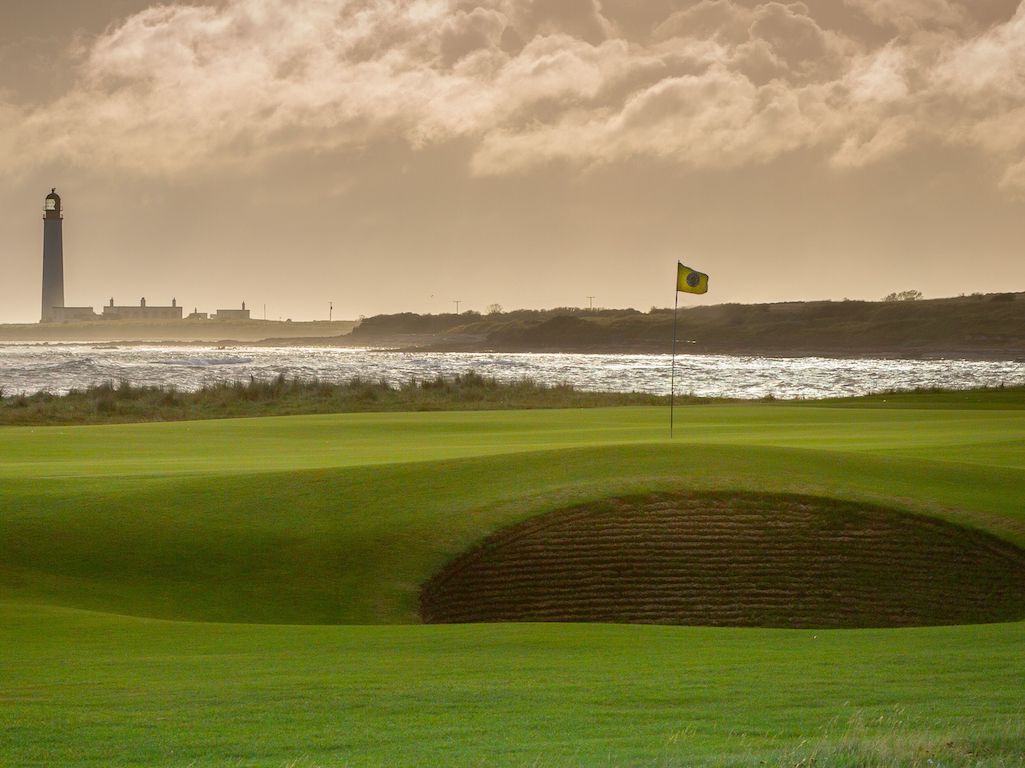
Another Open Championship has come and gone and links golf was once again in the spotlight at Royal Troon! For those who have never played a links course (like myself), it sparks a desire to fly across the pond to experience it for ourselves. While a golf trip to the UK or Ireland is a bucket-list item, most people look to play the big-name courses (Old Course, Carnoustie, Lahinch, Royal Portrush,etc.), but don’t realize they can get a similar experience by traveling to some of the lesser known destinations where you will find some of the purest links courses in the world. With this in mind, here are our picks for the best hidden gem links courses you should play when you book a UK or Ireland trip:
IRELAND
We start our list off with a 36-hole club in the Northwest of Ireland, a remote area of the Emerald Isle that is known for its rugged terrain and spectacular scenery. Bordering the Wild Atlantic Way, Ballyliffin is relatively newer (est. 1947) but offers golfers one of the purest links golf experiences anywhere in the country. While not easy to get to, the two courses onsite (Old and Glashedy) are well worth the travel with large dunes shaping the fairways that overlook the North Atlantic Ocean and a myriad of pot bunkers everywhere you look. Even Rory McIlroy believes that “Ballyliffin’s two courses are a must play on any golf trip to Ireland.” and we tend to agree.

How to incorporate Ballyliffin in a golf trip:
Stay:Ballyliffin Lodge, Hotel & Spa
Play: Old Links & Glashedy Links at Ballyliffin, and Old Tom Morris Links or Sandy Hills Course at Rosapenna
The next course on the list is in the Sligo area of the Northwest where we find Enniscrone, roughly 3 hours (by car) south of Ballyliffin. Like many links courses, Enniscrone was originally a 9-hole course when it was opened in 1918 before an additional 9 holes were added 12 years later. In 1970, Eddie Hackett was tasked with redesigning the course to help the two 9-hole courses flow effortlessly into one 18 hole layout. A big feature that can be seen throughout your round here are the towering dunes that shape the course and protect some holes from the ocean winds. Built right out of the landscape of the dunes bordering the sea, the course has a lot of undulation in the fairways and greens with some elevated tee boxes providing unreal views of the natural land.

How to incorporate Enniscrone in a golf trip:
Stay: The Glasshouse Hotel, Sligo
Play: Enniscrone, County Sligo, and Donegal
Additional Courses: Strandhill, Carne, and Narin & Portnoo
Another fantastic gem on the Northwest coast of Ireland is the NEW (2020) St. Patricks Links at Rosapenna Hotel & Golf Links. The land was purchased back in 2012 which was already a 36-hole facility and Tom Doak was brought in to reimagine the property to the layout it currently is today. Large sand dunes shape the front 9 holes before heading back through some more subtle dunes back towards the clubhouse. The course offers elevation changes with some tee boxes sitting atop the dunes offering spectacular views of Sheephaven Bay and beyond. With two other courses and a fantastic hotel on property, this destination is all you could ever ask for.

How to incorporate St. Patricks in a golf trip:
Stay: Rosapenna Hotel & Golf Links
Play: St. Patrick’s Links, Sandy Hills Course , and Old Tom Morris Links (all at Rosapenna)
For our last hidden gem in Ireland, we head 30 minutes north of the country’s capital, Dublin, to The Island Club. Built along rugged terrain and the highest sand dunes on the east coast of Ireland, the Island Club is situated on a small peninsula surrounded by water on three sides providing a difficult challenge, especially with the winds. Founded in 1890, the Island Club continues to be ranked in the Top 10 courses in Ireland and has held some Amateur Championships and Open Championship Regional Qualifiers.

How to incorporate The Island Club in a golf trip:
Stay: The Grand Hotel, Malahide
Play: Island Club, Portmarnock Old, County Louth
Additional Courses: Royal Dublin
SCOTLAND
Located along “Scotland’s Golf Coast” of East Lothian is where we find the classic links of Dunbar. Opened in 1856 with only 15 holes, this is one of the many courses in Scotland that Old Tom Morris had a hand in crafting. Laid out along rocky and rocky terrain, the course is only 6500 yards long and while not long by modern standards, the course requires shot making and proper club selection to play well. The course has held many national and international tournaments including a few rounds of The Open Final Qualifying.
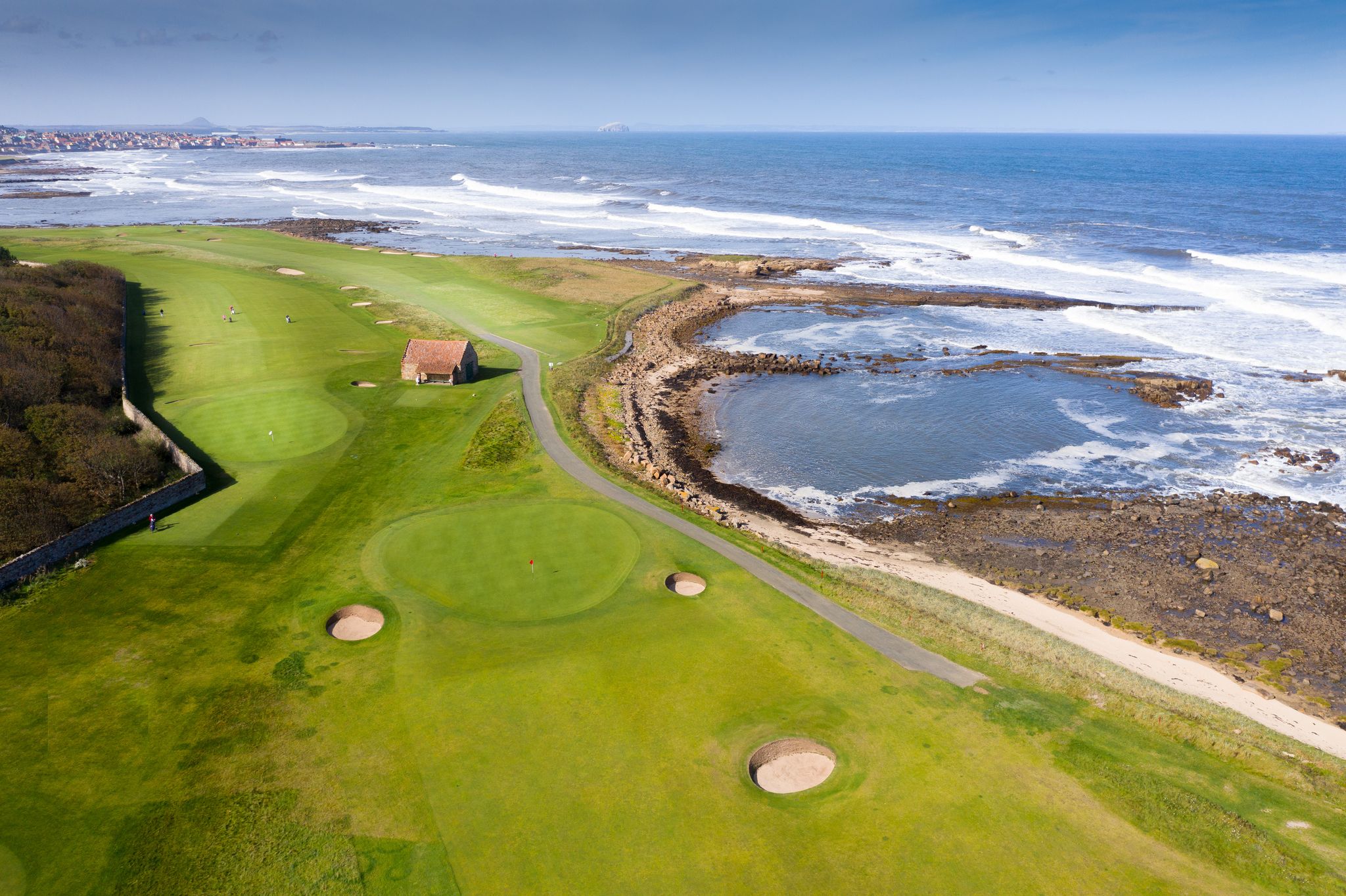
How to incorporate Dunbar in a golf trip:
Stay: No. 12 Hotel & Bistro
Play: Dunbar, Gullane (No.1), North Berwick
Additional Courses: Craigielaw, Kilspindie, Gullane (No.2, No. 3)
The next course on our list brings us to the Scottish Highlands, one of the lesser traveled destinations in Scotland, but still home to some amazing links courses including Cruden Bay! Located 25 miles north of Aberdeen on the east coast of the Highlands, Cruden Bay was opened in 1899, although history would indicate golf has been played at the property since 1791. Another Old Tom Morris design, the course is consistently ranked in the Top 25 of courses in Scotland and it is easy to see why. At only 6600 yards, it is relatively short, but the natural lay of the land provides elevation changes, punchbowl greens, and some large, 3-story high dunes that offer spectacular views for a classic links experience.

How to incorporate Cruden Bay in a golf trip:
Stay: Leonardo Hotel Aberdeen
Play: Cruden Bay, Trump International Links, Royal Aberdeen
Additional Courses: Murcar
We head back to the Highlands just north of Dornoch to where we find Brora Golf Club. Similar to a lot of links courses, Brora opened as only 9 holes in 1891, but that only lasted for 9 years before an additional 9 was added in 1900 before a James Braid redesign in 1924. At just over 6200 yards, this is one of those courses that will make you appreciate links golf in Scotland with cattle and sheep roaming freely around the property. The course is a typical links routing with the front 9 going out and the back 9 coming back to the clubhouse. The defense of the course is the wind (naturally), but the greens are relatively small with pot bunkers standing guard to catch errant approach shots.

How to incorporate Brora in a golf trip:
Stay: Royal Golf Hotel, Dornoch
Play: Brora, Royal Dornoch – Struie & Championship
Additional Courses: Golspie, Tain
Staying in the Scottish Highlands, the last Scotland links gem on the list is just outside of Inverness at The Nairn Golf Club. The narrow fairways are fast and firm leading to decent sized, tricky greens that roll true, but are guarded by devious pot bunkers. The first seven holes play right along the water and with not a ton of elevation changes, spectacular views across the Moray Firth can be seen throughout the course. With fantastic course conditions throughout the season, this fantastic links is an absolute must-play when visiting the Highlands.

How to incorporate Nairn in a golf trip:
Stay: Kingsmills Hotel, Inverness
Play: Nairn, Castle Stuart (Cabot Highlands), Fortrose & Rosemarkie
Additional Courses: Nairn Dunbar, Moray

Golfbreaks by PGA TOUR highly recommends you start planning your trip across the pond AT LEAST 12-18 months in advance in order to secure tee times and hotel rooms over the dates you desire. With more and more people taking up the game of golf, these bucket list trips have already become extremely popular and will continue to gain interest so make sure to start planning early!
RELATED: Open Championship courses you can play (and when the best time to book is)
Editor’s note: This article is presented in partnership with Golfbreaks. When you make a purchase through links in this article, GolfWRX may earn an affiliate commission.
Courses
Open Championship courses you can play (and when the best time to book is)

The final major of 2024 is nearly here as the top golfers head to Scotland’s southwestern coast to battle for the claret jug at Royal Troon. Golf’s original major dates all the way back to 1860 and has been played at 14 different courses throughout the United Kingdom (yes, this includes Northern Ireland) providing countless memories including celebrations, heartbreak, and unique moments that will never be forgotten (looking at you Jordan Spieth).
With The Open teeing off less than a week from now, we wanted to highlight some of The Open Championship’s finest links courses that should play when you make the journey to golf’s homeland:
- Old Course at St. Andrews
- Carnoustie
- Muirfield
- Royal Portrush
- Royal Troon
- Royal Birkdale
- Royal St George’s
Old Course at St. Andrews

Do we even need to say anything else? The “Home of Golf”, host of 30 Open Championships, the most coveted tee time in the WORLD, there are a million reasons to have St. Andrews on your links golf bucket list. From the double greens, to the tee shot over the Old Course Hotel, to the walk up 18th fairway with the town buildings framing a picturesque scene (especially at dusk), every golfer should make the voyage to St Andrews at least once in their life.

Carnoustie

Carnoustie – Championship Course
Roughly 25 miles north of St. Andrews lies the devious links of Carnoustie, often recognized by the large white Carnoustie Golf Hotel as the backdrop of the 18th green. While the course has only hosted The Open 8 times, it is considered to be one of the hardest layouts in The Open rota (just ask Jean Van de Velde) although not that long, playing just under 7000 yards from the tips.
Muirfield

Located right next to this week’s host of Scottish Open (The Renaissance Club), this fantastic links layout has hosted the prestigious Championship 16 times since 1892. The narrow fairways and penal rough requires precise shots off the tee while avoiding the devious pot bunkers is a must. The course is set away from the coastline so you won’t get the sweeping ocean views, but a round at Muirfield is one the premier tee times in all of Scotland (so make sure you book early – 12-18 months at least).
Royal Portrush

A view of the new 572 yards par 5, seventh hole designed by Martin Ebert on the Dunluce Course at Royal Portrush Golf Club the host club for the 2019 Open Championship in Portrush, Northern Ireland. © 2018 Rob Durston
Our next stop brings us across the Irish Sea to the northern coast of Northern Ireland and the popular Royal Portrush. Having hosted The Open only twice in its illustrious history, Royal Portrush is a golfer’s dream with 36 holes of pure links golf set against a gorgeous backdrop of the ocean and cliffs. The Open Championship will return to Portrush in 2025 and YOU CAN BE THERE to watch it all in person!
Royal Troon

TROON – JULY 26: General view of the ‘Postage Stamp’ par 3, 8th hole taken during a photoshoot held on July 26, 2003 at the Royal Troon Golf Club, venue for the 2004 Open Championships, in Troon, Scotland. (Photo by David Cannon/Getty Images)
The host of this year’s Open Championship, Royal Troon is home to one of the best par-3 holes in all of golf, “The Postage Stamp.” A downhill 125-yard tee shot to a minuscule green surrounded by bunkers on all sides makes it one of the more challenging holes. Another hole that adds to the challenge is the 601-yard par 5 that used to be the longest golf hole in Open Championship history. This year will be the 10th Open Championship held at Royal Troon, the first since 2016 when Mickelson and Stenson had a battle for the ages in the final round.
Royal Birkdale

For the next course on the list, we have to head down to the northwest coast of England just outside of Liverpool. Consistently ranked in the Top 10 courses in all the UK, this 10-time host of The Open has hosted many other prestigious events such as Ryder Cups, Women’s Opens, and more! The course is laid out with fairways running through flat-bottomed valleys surrounded by high dunes which provide many blind shots throughout the course. The Open returns to Royal Birkdale in 2026 so it won’t be long before it is back in the spotlight.
Royal St. George’s

For the final course on our list, we are staying in England, but heading across to the southeastern side of the country to Kent. Royal St. George’s is 4th on the list of most Open Championships hosted with 15 (1 behind Muirfield) the most recent being Collin Morikawa’s victory in 2021. RSG is the only active course on The Open rota in this part of the UK, but two former hosts (Prince’s and Royal Cinque Ports) are within 3 miles of the property. The expansive course is laid out with holes separated by dunes with heavy rough, undulating fairways, and deep pot bunkers to challenge your game. While it may not be mentioned in the discussions of St. Andrews, Carnoustie, and the like, Royal St. George’s is still a Championship layout that is worth the trip across the pond.

With these big-name courses in such high demand, it is important to note that if you want to play them, you need to start planning your trip early. Golfbreaks by PGA TOUR, the world’s #1 rated golf tour operator, suggests planning and booking your trip at least 12-18 months in advance in order to secure a tee time at the courses you want. The UK & Ireland specialists at Golfbreaks by PGA TOUR have the knowledge to help tailor the perfect golf trip for your group so you can play big-name courses and hidden gems you might not have heard of. If you’re ready to start planning your bucket list trip across the pond, make life easier and go with Golfbreaks by PGA TOUR.
Editor’s note: This article is presented in partnership with Golfbreaks. When you make a purchase through links in this article, GolfWRX may earn an affiliate commission.










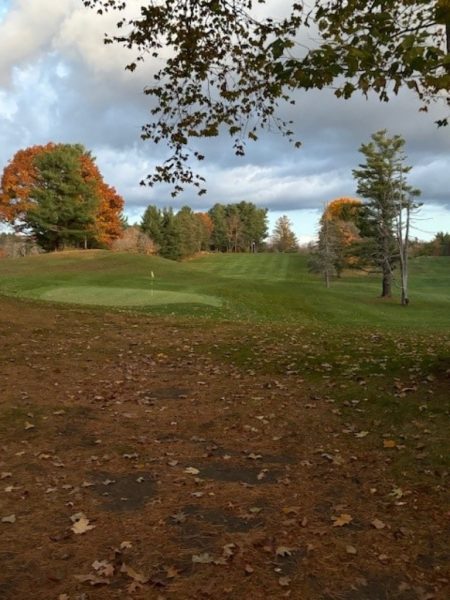
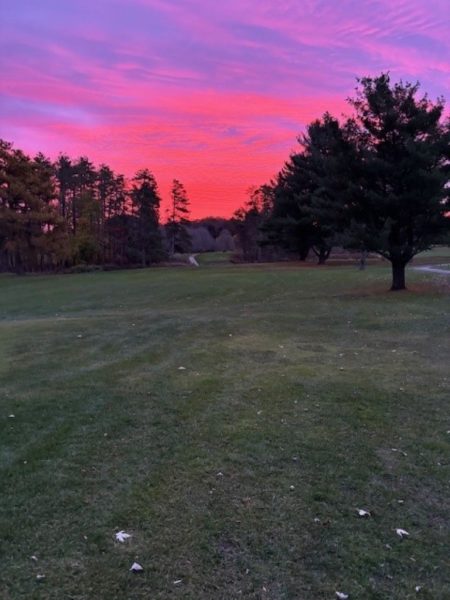
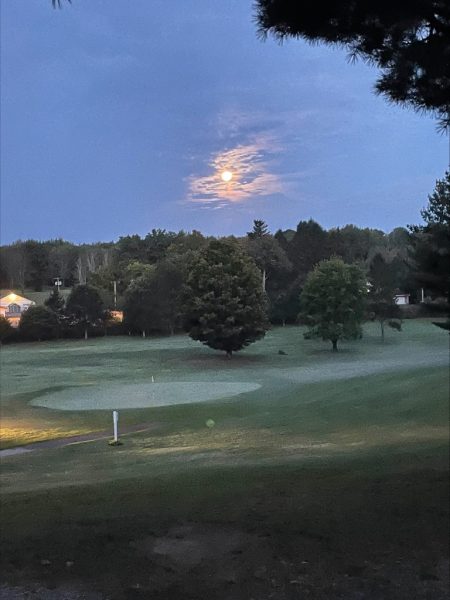
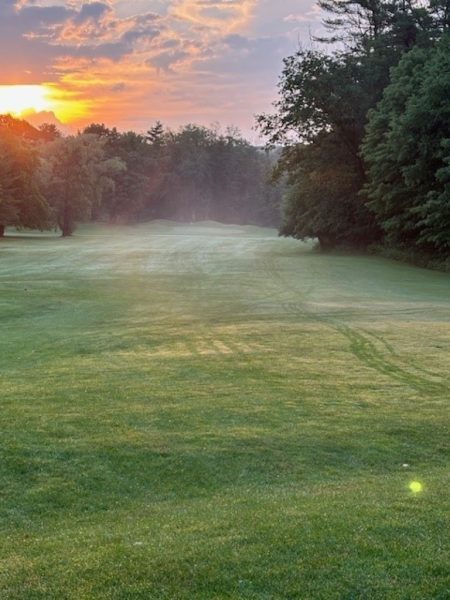
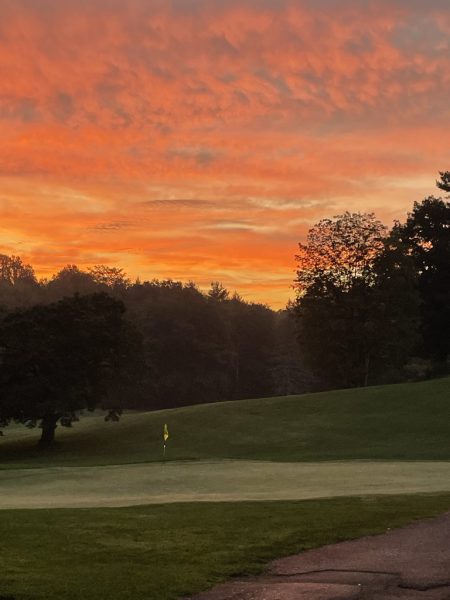
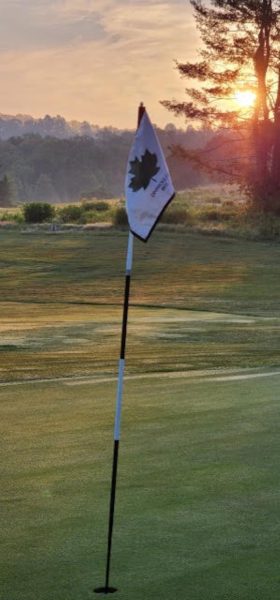
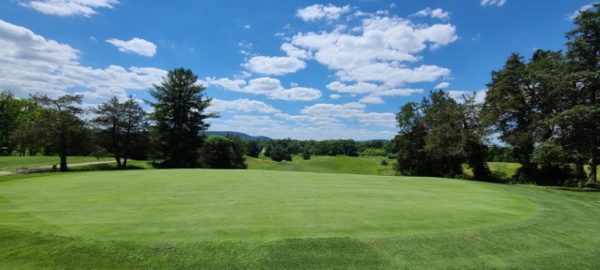
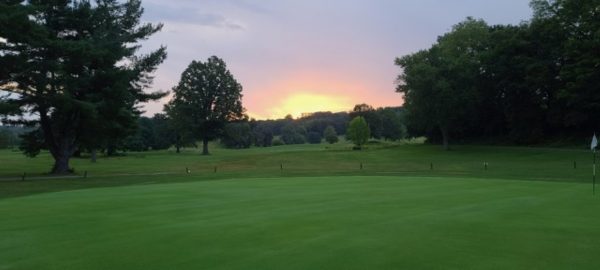
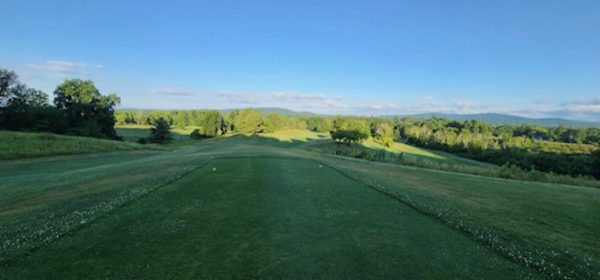
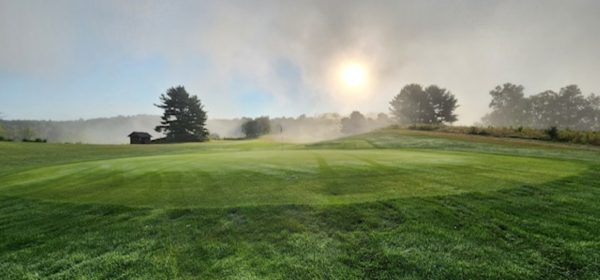
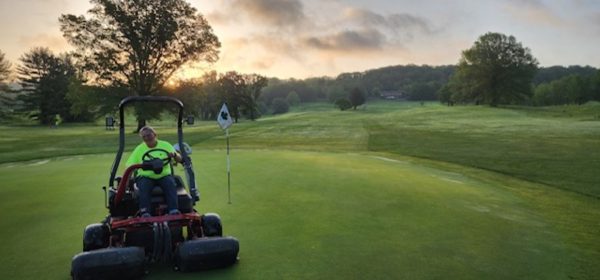
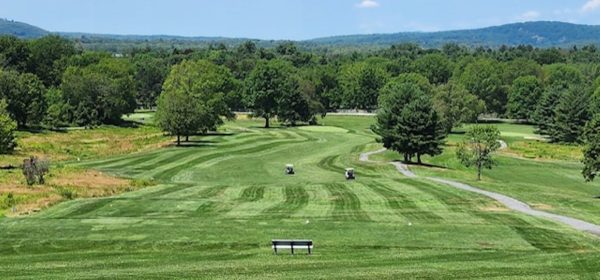


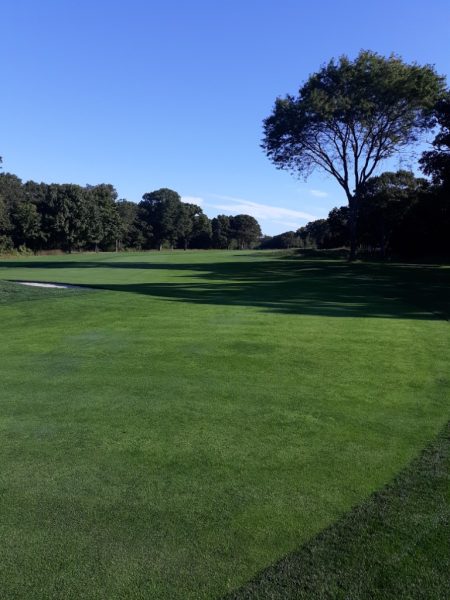

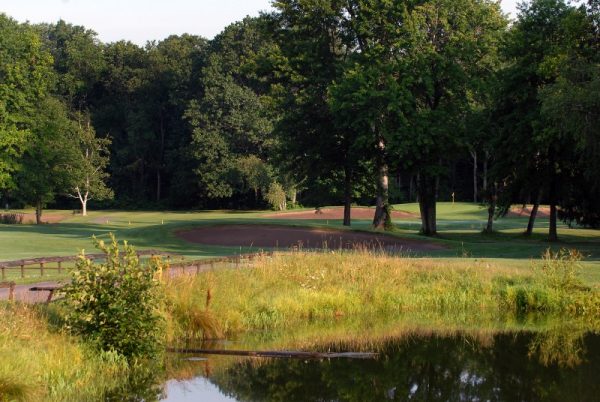
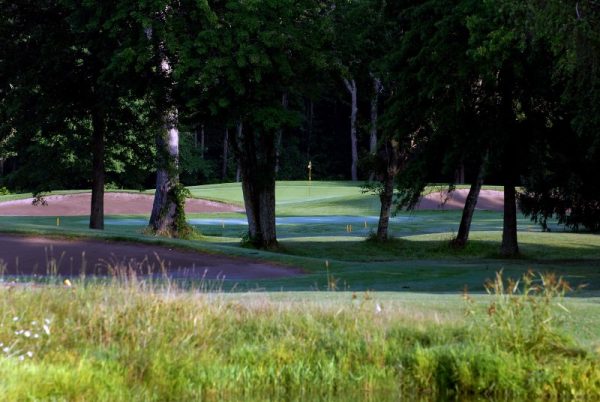
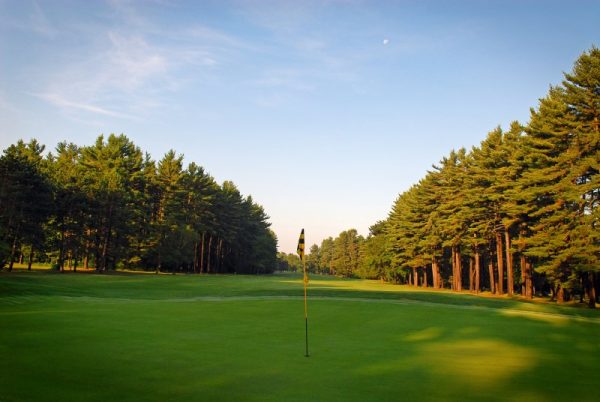
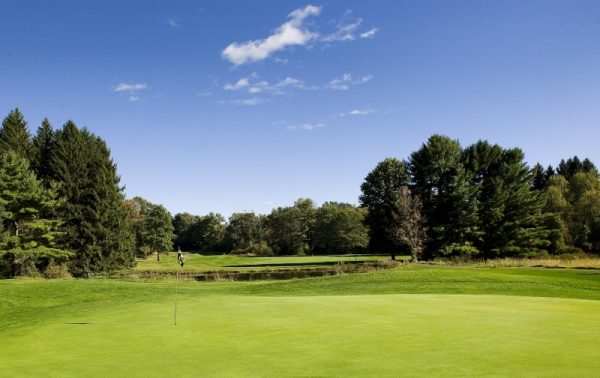
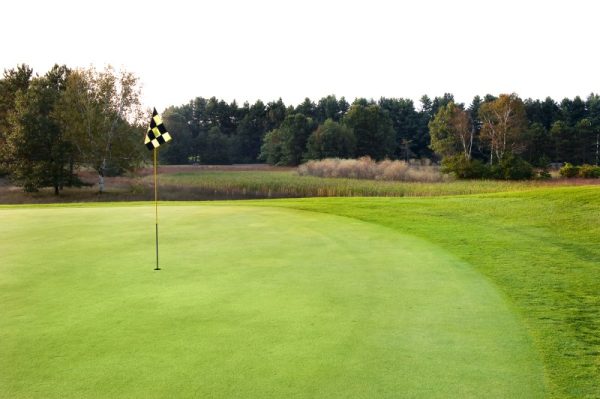
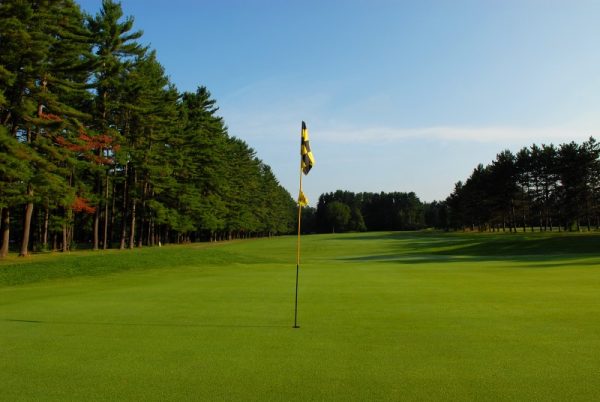
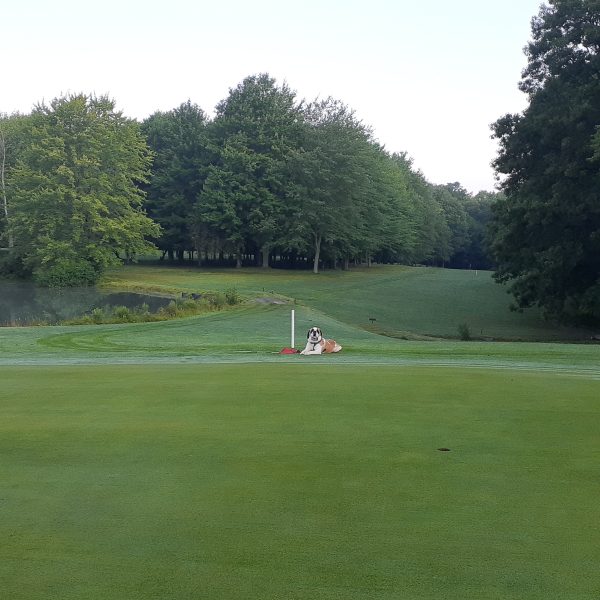
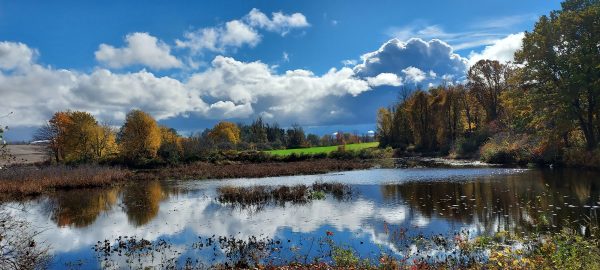
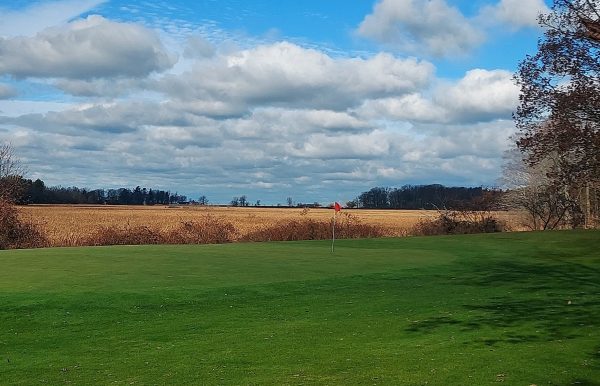
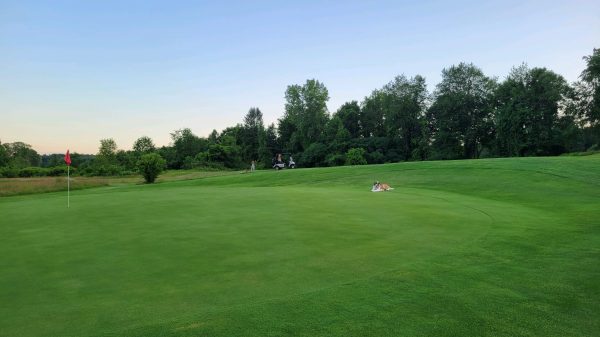
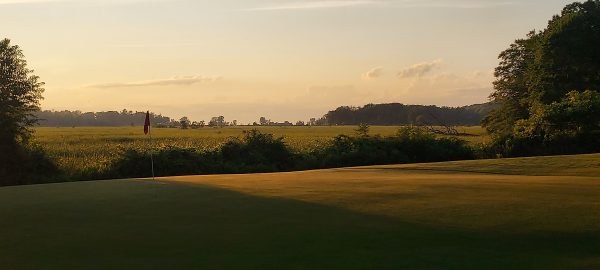
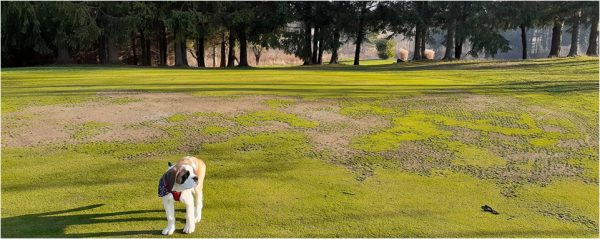
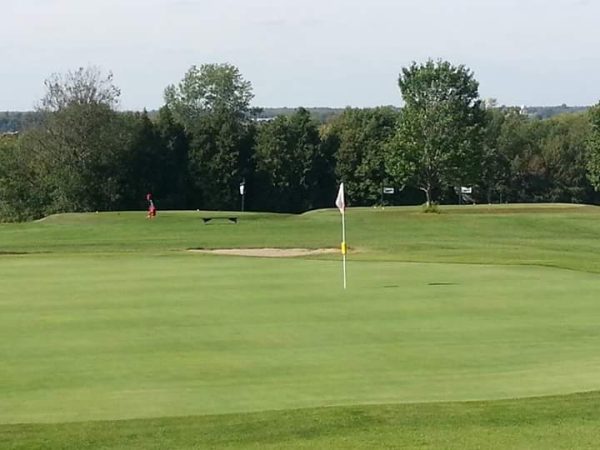
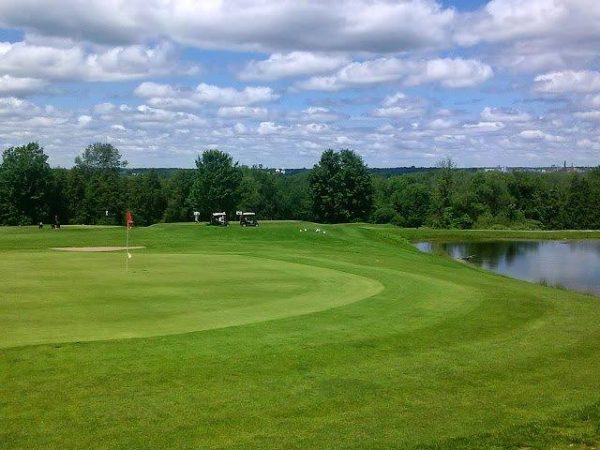
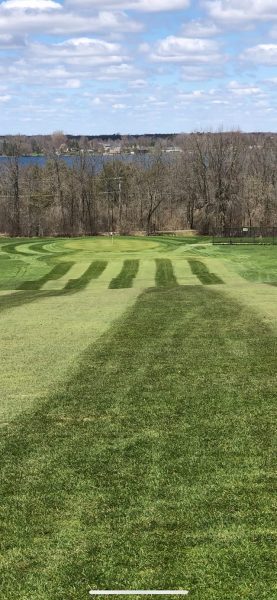

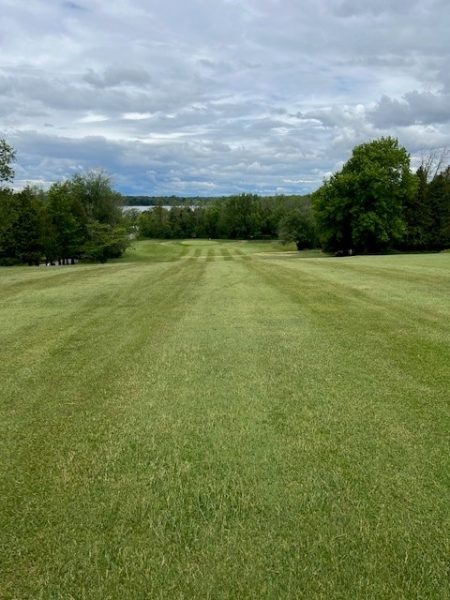
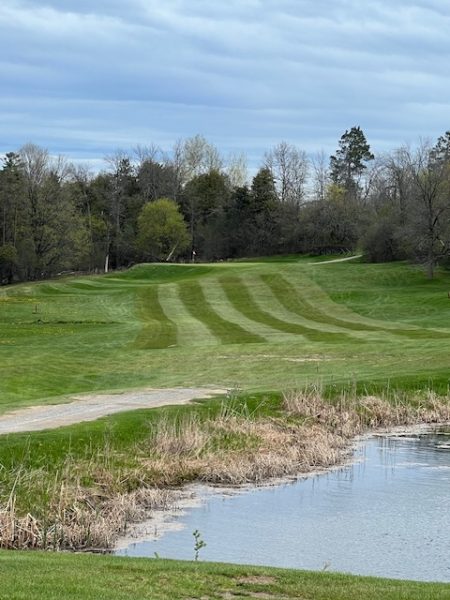
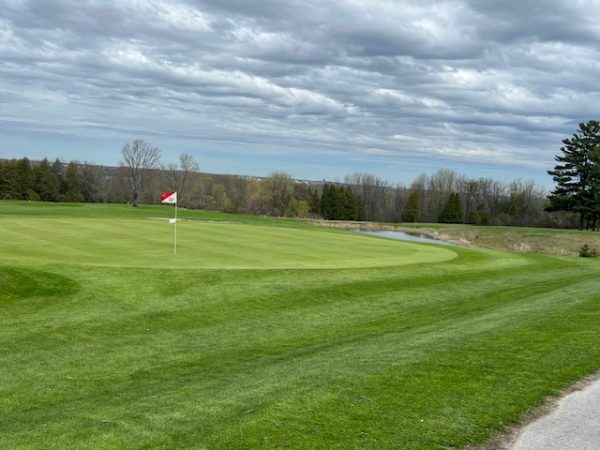
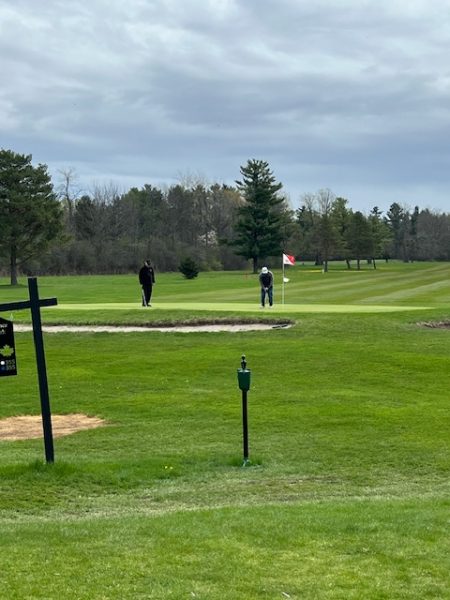
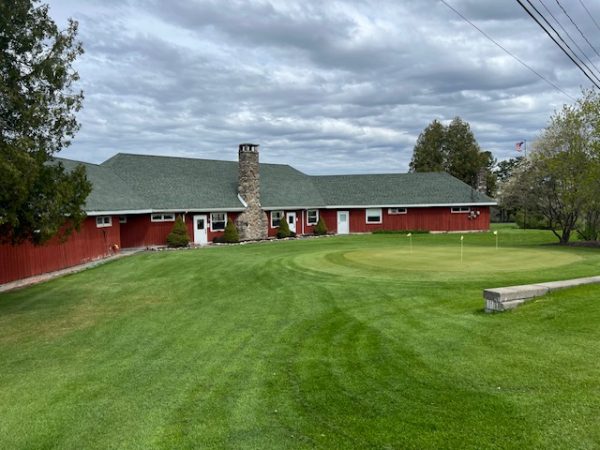
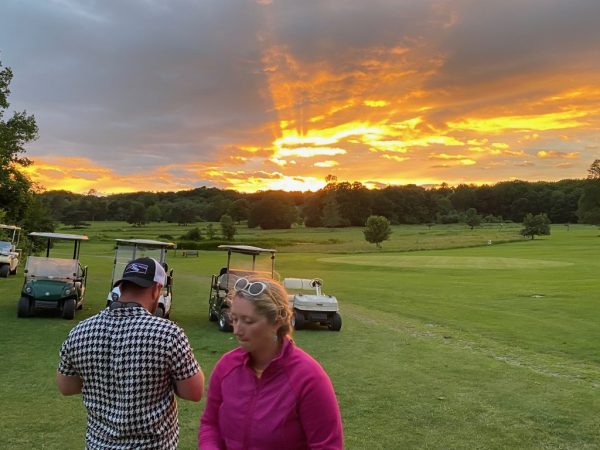
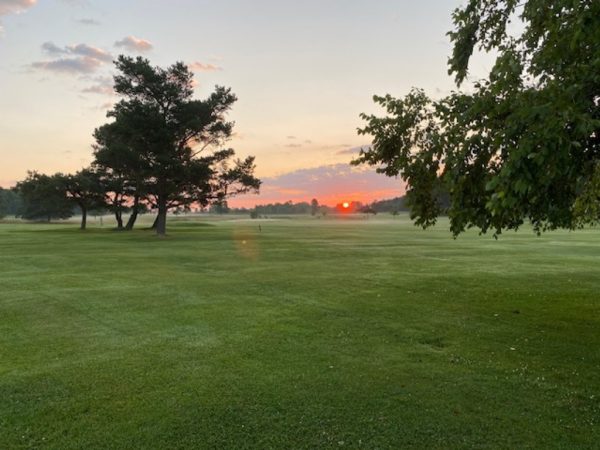
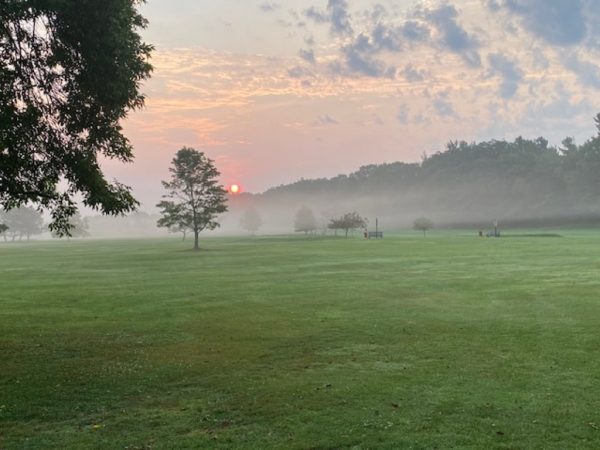
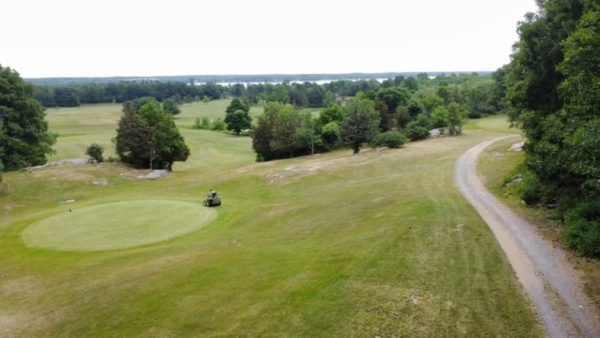

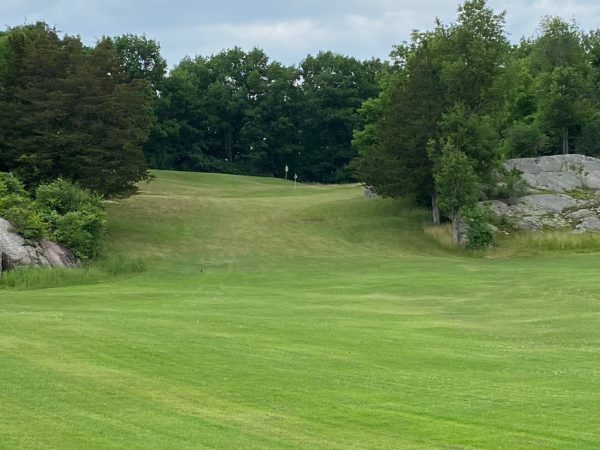








Bob Forberg
Oct 13, 2012 at 8:36 am
One of the best I’ve played. They make you feel like a member and treat you like a pro. It’s a great day and their muffins are wonderful. The course is close to perfection re. the conditions!!
BC11
Sep 5, 2012 at 12:58 pm
This is by far one of the most fun courses in the southeast!
Dan
Jul 29, 2012 at 9:10 am
FarmLinks is not cheap, but there are plenty more resorts that cost much more and provide less in quality. Hence, FarmLinks is a value. The resort and staff deliver excellent service, amenities and lodging. I have been there three times now and can’t wait to get back there. The course is superb, with a Hurdzan-Fry design that leaves you intriguiged and more appreciative with each round. And the Pursell family’s genuine, Southern hospitality is a warm, welcome salve for those seeking a rejuvenating getaway.
Author
Jul 28, 2012 at 2:40 pm
The cost PER DAY to play the course is $135 which includes unlimited golf, cart, lunch and unlimited soft drinks. That hardly qualifies it as “a place for rich people.”
mort
Jul 28, 2012 at 12:08 pm
oh, look! a place for rich people! sometimes i despise the game of golf and its crowd.